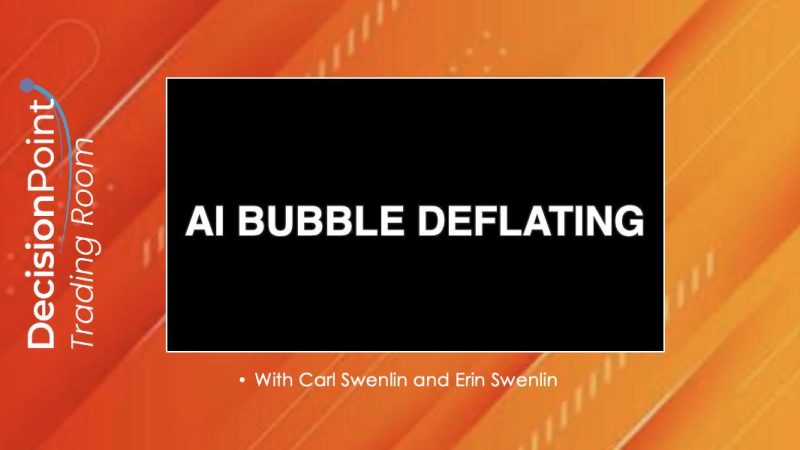In the age of artificial intelligence, the notion of trading rooms has taken a new shape with the advent of innovative technologies and algorithms. The AI bubble, which once appeared to be inflating indefinitely, is beginning to show signs of deflation. As can be seen in the world of trading, the implications of this change are significant and are reshaping how market actors operate.
Historically, the rise of AI in trading rooms was met with great excitement and anticipation. The promise of smart algorithms that could predict market moves with unprecedented accuracy captivated traders and investors alike. However, as time has passed, it has become apparent that the initial exuberance surrounding AI trading may have been misplaced.
One of the key reasons behind the deflating AI bubble in trading rooms is the realization that algorithms are not infallible. While AI algorithms can process vast amounts of data at a speed that humans could never match, they are still subject to the limitations of the data on which they are trained. If the data is flawed or incomplete, the algorithms will produce inaccurate results.
Moreover, the sheer number of AI algorithms in the market has led to increased competition and a race to develop the most sophisticated models. This has created a situation where algorithms are pitted against each other, leading to a situation akin to an arms race. As more and more powerful algorithms enter the fray, the effectiveness of individual algorithms diminishes, leading to diminishing returns.
The deflation of the AI bubble in trading rooms is also being driven by a growing skepticism among market participants. As the hype around AI trading has waned, traders and investors are becoming more discerning in their evaluation of the technology. Many are now recognizing that while AI can be a powerful tool, it is not a panacea for all trading woes.
Additionally, regulatory scrutiny of AI trading has increased in recent years. Regulators are increasingly concerned about the potential risks posed by automated trading systems and the ways in which they can amplify market volatility. This has led to increased oversight and regulation of AI trading, further dampening the enthusiasm for the technology.
In conclusion, the deflating AI bubble in trading rooms is a reflection of the maturation of the technology and the market. While AI algorithms still hold great promise for improving trading outcomes, it is becoming increasingly clear that they are not a silver bullet. As market participants become more discerning about the limitations of AI trading, it is likely that the industry will see a more measured approach to the adoption and integration of these technologies. Ultimately, the deflation of the AI bubble may lead to a more sustainable and thoughtful approach to the use of AI in trading rooms.

